NDIA 100 History (31)


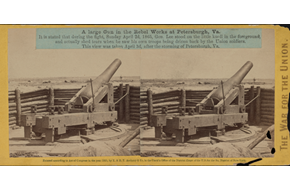








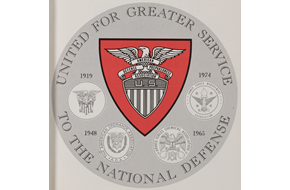
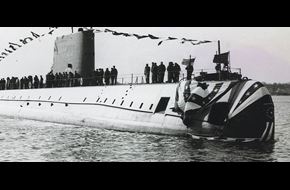






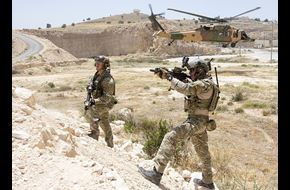
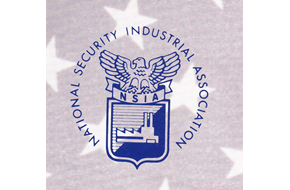



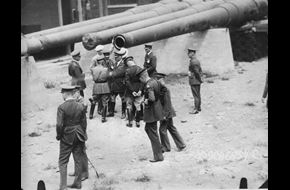






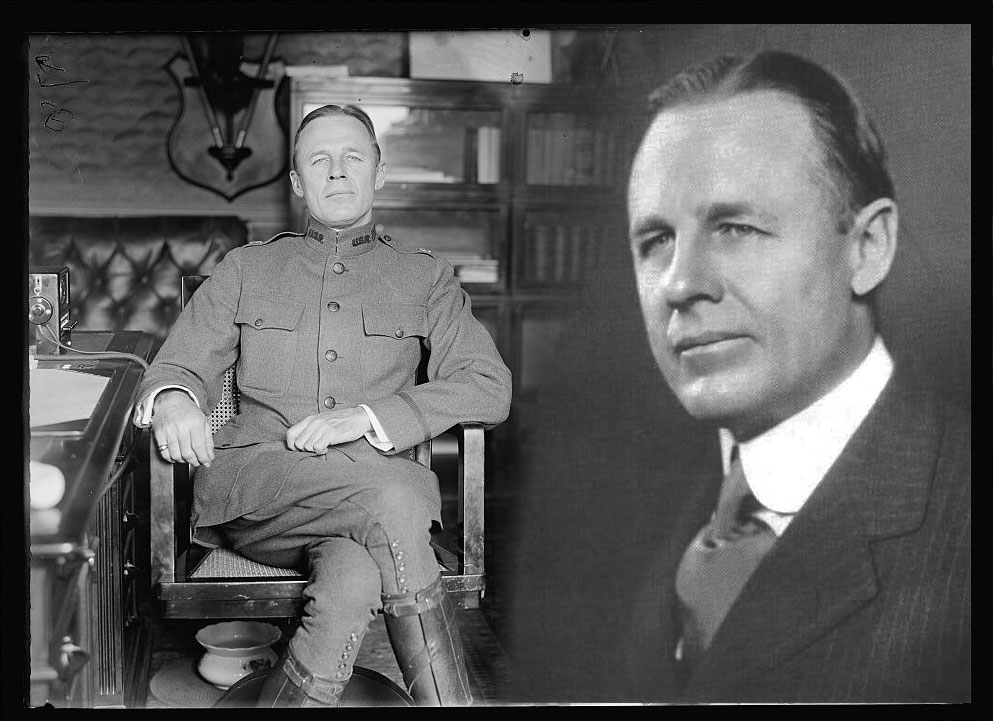
Benedict Crowell was a United States military officer and politician particularly influential in military organization during and following World War I. He was United States Assistant Secretary of War from 1917 to 1920.

The Army Ordnance Association’s magazine is filled with stats, stories and images of America’s military buildup, such as this image of early Rosie the Riveters drilling artillery caps at the Frankford Armory in Philadelphia in the November-December 1940 issue.

Union Army’s Siege of Petersburg was the longest military event of the Civil War & lasted 9.5 months w/ 70,000 casualties. In Jan 1937, a committee founded by Gen. Crowell helped NPS locate Civil War artillery pieces & move them to Petersburg National Battlefield.
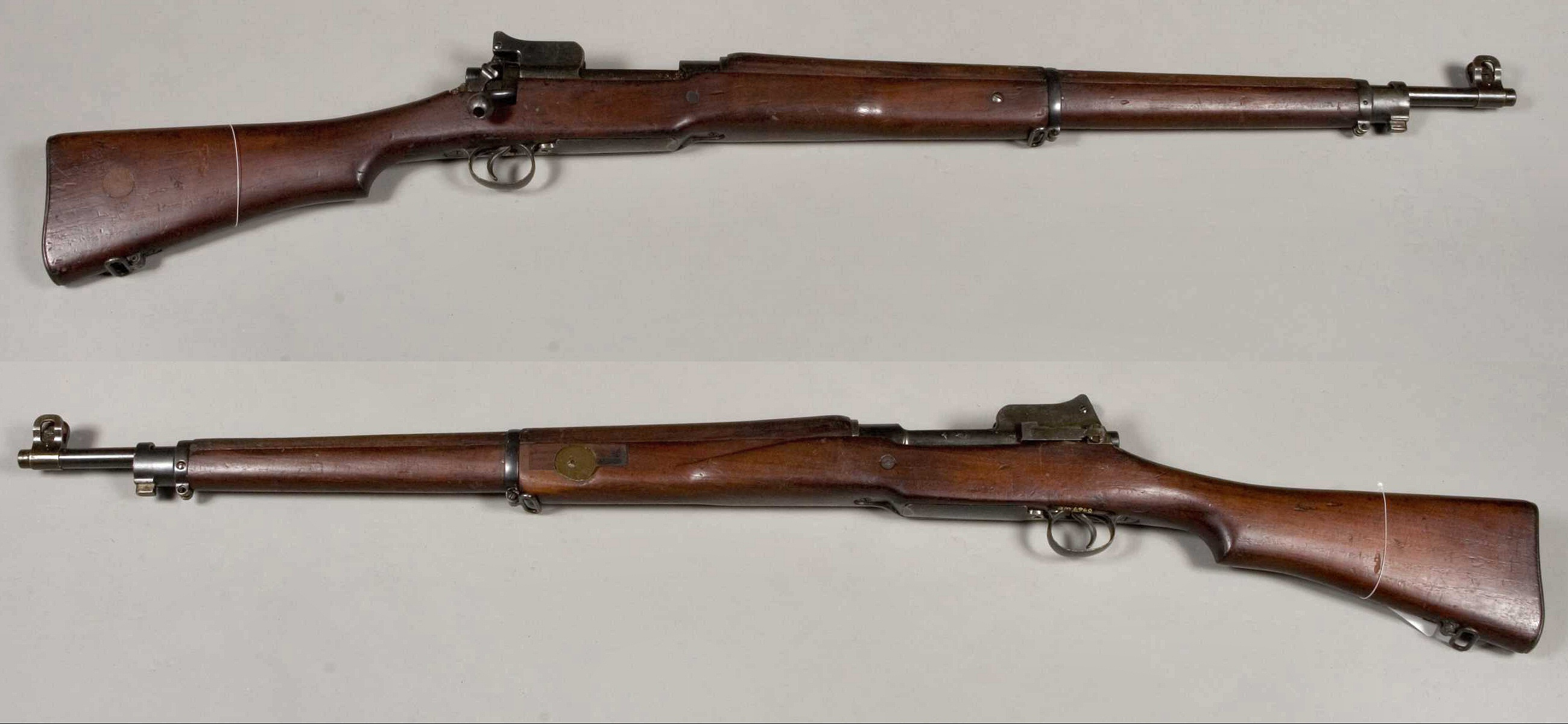
The Winchester Repeating Arms Company was one of NDIA’s founding members in 1919. Its Enfield Number 14 Pattern rifle was the most widely used rifle by American troops in WWI.
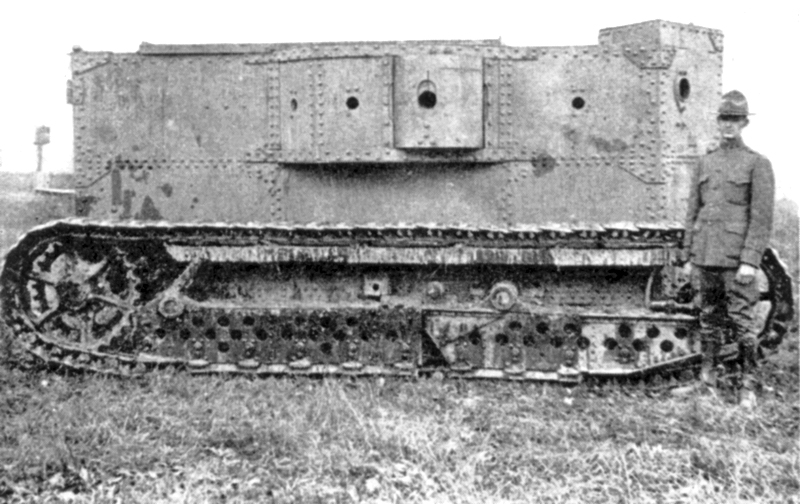
Caterpillar Inc has been an NDIA member since 1942, but its predecessor, Holt Mfg. Co. was a member in 1919.

Smith Wesson Corp has been a member of NDIA since day one. Here is one of their first products from 1855.

On February 24, 1991, the major allied coalition ground offensive began against Iraqi troops. It included more than 300 attack and supply helicopters and was the largest military offensive in history at the time.

On March 6, 1961, Boeing’s B-52H Stratofortress made its first flight. The iconic plane, which is still in use today, was developed by Boeing during the mid ’40s using propeller engines. That changed in 1948, when the U.S. Air Force’s chief of bomber development told engineers to develop an all-jet bomber. After 13 years, the final version, the B-52H took to the skies.
Public Domain

Since 1988, more than 145 women received financial aid through NDIA affiliate WID National ’s HORIZONS scholarship program for careers in defense foreign policy. As part of #NDIA100 celebration, $100,000 is donated to the scholarship fund to help 16 women pursue STEM fields.

Did you know that the Precision Strike Association (PSA) became an NDIA affiliate in 2001? Founded in 1988 as the Cruise Missile Association, the PSA has worked to advance “the art and science of precision engagement concepts and technologies.” The idea of the precision strike was created in the 1970s to counter the Warsaw Pact. The precision strike was successfully deployed during Operation Desert Storm for a quick and decisive victory.

On March 23 1982, President Ronald Reagan announced the Strategic Defense Initiative (SDI), more commonly known as “Star Wars,” a space-based anti-ballistic missile shield designed to neutralize the threat of nuclear attack from the Soviet Union. While defensive laser technology did not yet exist, the project brought together the 22 think tanks and aerospace firms for research and development.

On April 4, 1974, the Armed Forces Management Association merged with the American Defense Preparedness Association (ADPA), a precursor to today’s NDIA. The merger helped to standardize management techniques throughout defense agencies and industries.

On August 3 1958, the USS Nautilus, the world’s first nuclear-powered submarine, made the first ever undersea voyage to the geographic North Pole. The U.S. Navy commissioned the Nautilus in 1954, which went on to set a number of travel records.

On August 10, 1964, President Lyndon B. Johnson signed the Gulf of Tonkin Resolution, initiating U.S. involvement in the Vietnam War. Between 1964 and 1973, the defense industry made a number of advances in tactics and equipment, including the adoption of the M-16 rifle as standard issue for infantry.

Each year, NDIA honors an individual for their lifetime contributions to defense testing and evaluation with the Walter W. Hollis Award. Hollis served as the Deputy Under Secretary for the Army for Operations Research from 1980 until 2006. During his career, he tested the M1 Abrams tank and the Apache Helicopter, earning the moniker of the “Grandfather of Test and Evaluation.”

NDIA’s Space division presents the Honorable Peter B. Teets Award each year to an individual in the public or private sector who has made contributions to the development, introduction, operational contribution or support of space systems. As the Under Secretary of the Air Force, Teets was responsible for all actions of the Air Force and director of the National Reconnaissance Office, where he oversaw U.S. space reconnaissance and intelligence systems.

This month marks the 70th anniversary of the signing of the North Atlantic Treaty, which became the basis for NATO. The agreement, which was signed by 12 western nations including the United States, Canada and the UK, stated that if the Soviet Union attacked one country, all would respond. Since 1949, NATO has grown to include 29 nations.

NDIA’s Robotics Division is hosting its Robotics Conference & Exhibition on April 24 and 25 in Columbus, GA. The event is a forum for discussion and demonstration of robotics and autonomous systems of the future.

Did you know that NDIA’s Undersea Warfare division dates back to 1997? The division, which serves as a conduit for the exchange of information between the government and defense industry on undersea warfare, has issued a report to the Navy’s top undersea warfare leadership biennially since its inception.

The Special Operations Forces Industry Conference (SOFIC) starts today in Tampa, Florida. The conference brings together United States Special Operations Command (USSOCOM) leadership, government officials and defense industry experts to explore the latest in Special Ops. More than 13,000 people from more than 75 countries attended last year’s conference.
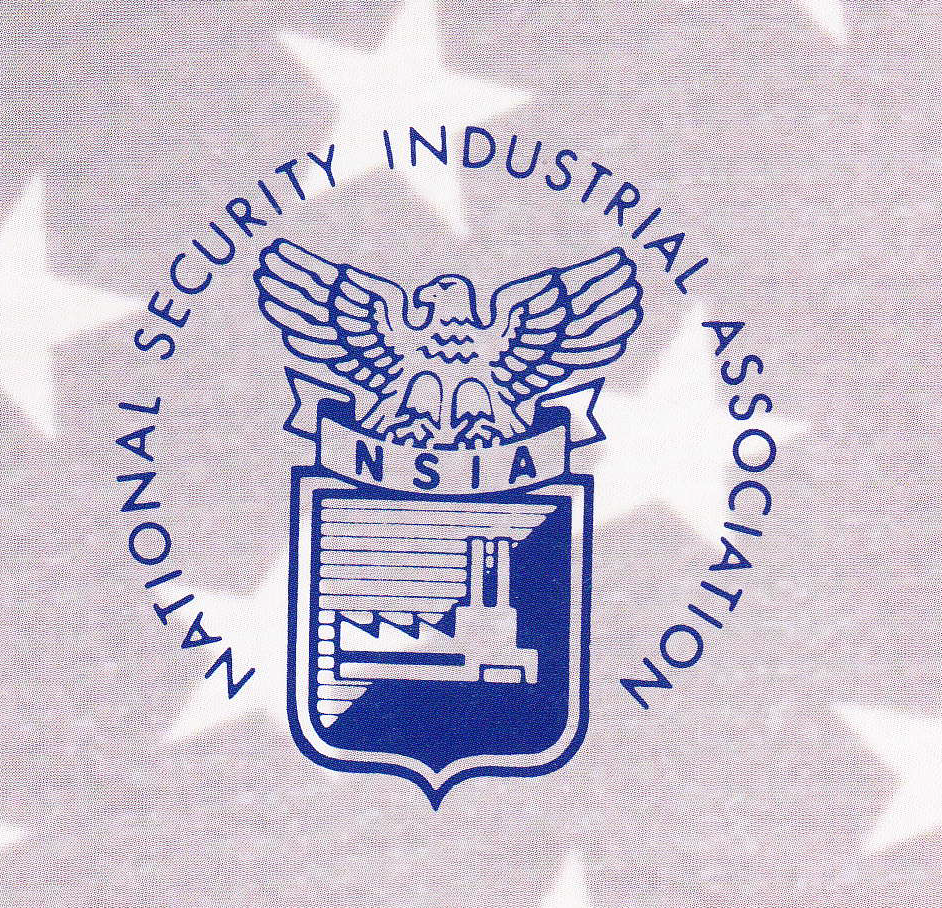
The Navy Industrial Association (NIA) changed its name to the National Security Industrial Association (NSIA) in 1949 to reflect the growing importance of national security. The NSIA served a similar purpose to today’s NDIA: to increase cooperation between government agencies and defense industries. In 1997, the NSIA merged with the American Defense Preparedness Association (ADPA) to create NDIA.

July 16 marks 74 years since the first atomic bomb test, code-named “Trinity.” In the early morning of July 16, 1945, the Manhattan Project scientists oversaw the detonation of the atom bomb outside of Alamogordo, New Mexico. The test was the culmination of a six-year project, ushering in a new age of technological innovation in arms.

July 20 - 50 years ago, Neil Armstrong took “one small step for man, one giant leap for mankind.” More than half a billion people worldwide watched as he descended from the lunar lander and walked on the moon. The Apollo 11 Lunar Module was designed and constructed by current NDIA member Northrop Grumman.

The Navy Industrial Association (NIA)—one of the many organizations that merged into today’s NDIA—was formed 75 years ago. In 1944, about 500 businesses formed the group to serve as a liaison between the Navy and the defense industry. With the support of the Secretary of the Navy, the group met regularly with top military officials to discuss preparedness, industrial planning and collaboration

On September 19th, 90 years ago, the California Post of the Army Ordnance Association (AOA) held its second annual meeting. This photo shows event attendees inspecting coastal defense guns at the Benicia Arsenal near San Francisco.

Since 1979, NDIA has presented the Dwight D. Eisenhower Award to an American citizen who has made significant contributions to increasing awareness of national defense needs. Eisenhower, who served as supreme allied commander in Western Europe during World War II, stressed the need for military strength and preparedness when he was U.S. president. “We can no longer risk emergency improvisation of national defense; we have been compelled to create a permanent armaments industry of vast proportions,” he said.
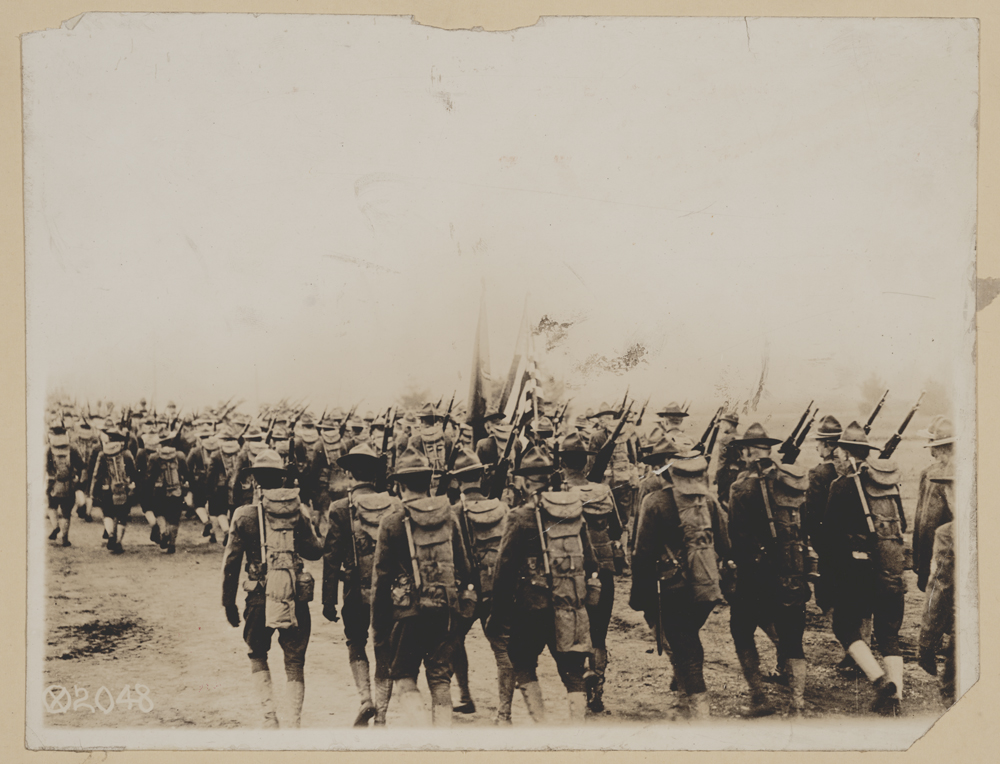
NDIA’s commitment to supporting expeditionary forces is a major reason for the organization’s founding. In 1919, the Army Ordinance Association (AOA) was formed following World War I, with its founding members resolved to never again allow the country to be in such a “pitiful state of unpreparedness.” Join us this month at our annual Expeditionary Warfare Conference to show our continued support.

On November 7 1918, Robert H. Goddard tested two rocket-propelled devices, including a bazooka prototype, at the Aberdeen Proving Ground in Maryland, the site of the Army Ordnance Association’s first annual meeting a year later. Goddard later successfully tested liquid rocket fuels and was America’s leading expert in rocket propulsion. Much of his work laid the foundation for rockets used in space exploration.

Since 2012, NDIA and the National Training Systems Association (NTSA) have hosted the Interservice/Industry Training, Simulation and Education Conference (I/ITSEC)—the largest virtual reality, modeling and simulation exhibition in the world. The first conference featured new technologies in areas such as health care, mining and weather forecasting.

In the early morning of December 7, 1941, Japanese airplanes attacked the U.S. naval base at Pearl Harbor in Hawaii. On the “date which will live in infamy,” the attack catapulted the United States into World War II. Soon, the “Arsenal of Democracy” was in full production.
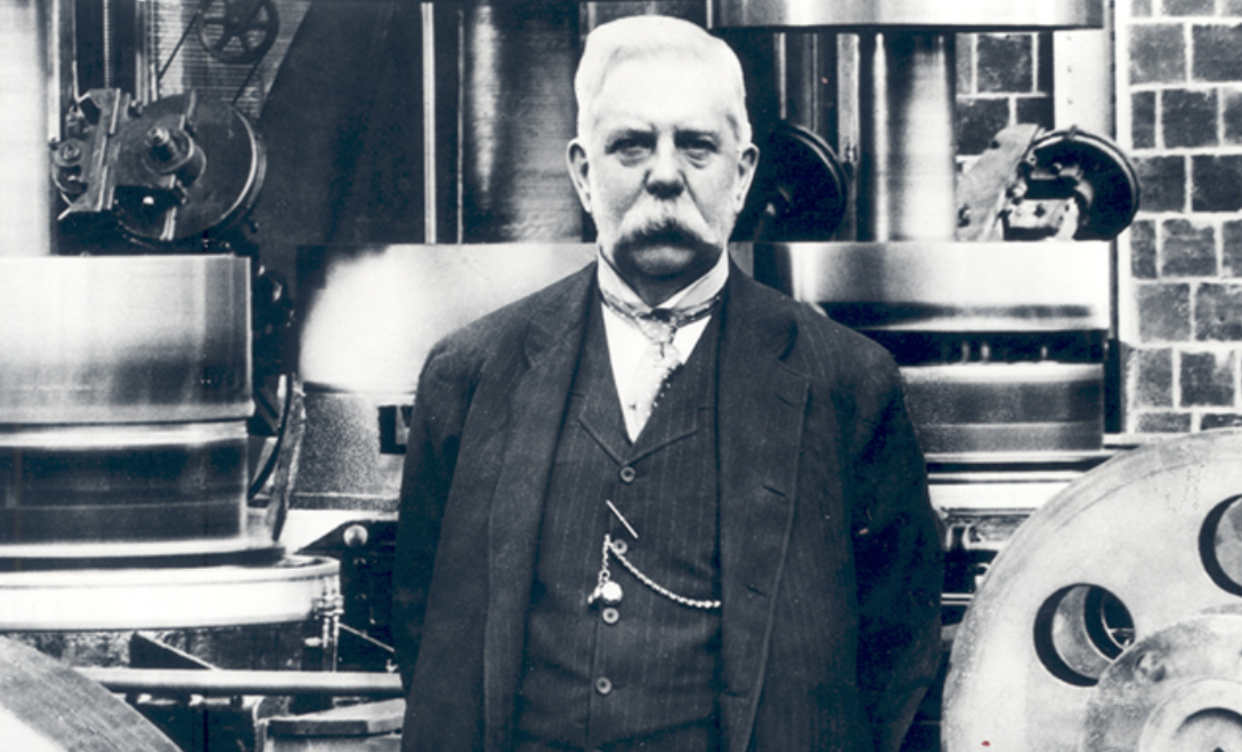
Westinghouse Electric & Manufacturing Corp. was one of NDIA’s original members when it was established as Army Ordnance Association (AOA) in 1919. Founded in Pittsburgh by inventor George Westinghouse in 1886, Westinghouse became a major manufacturer of consumer goods and a broadcasting pioneer.
